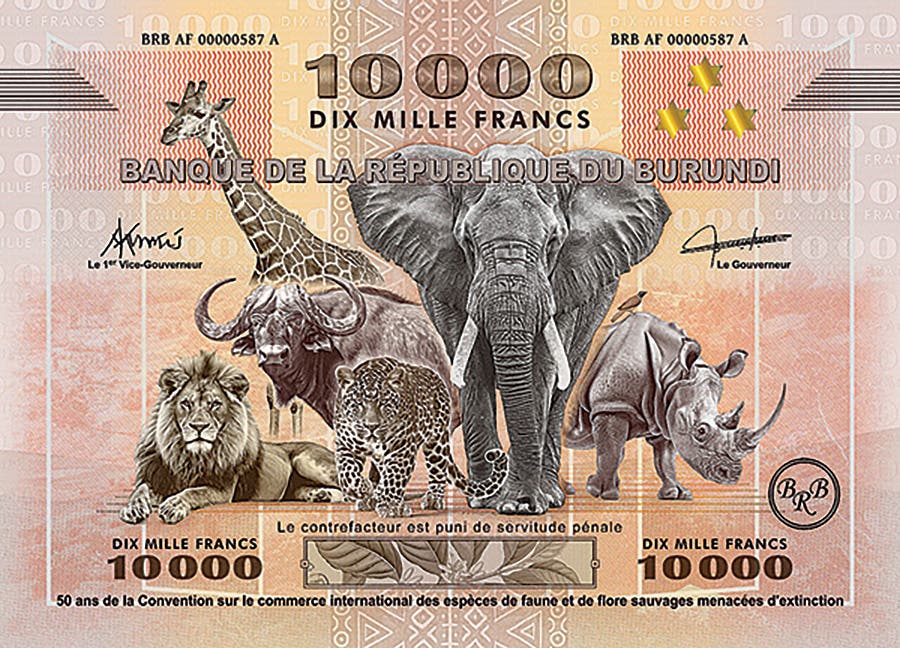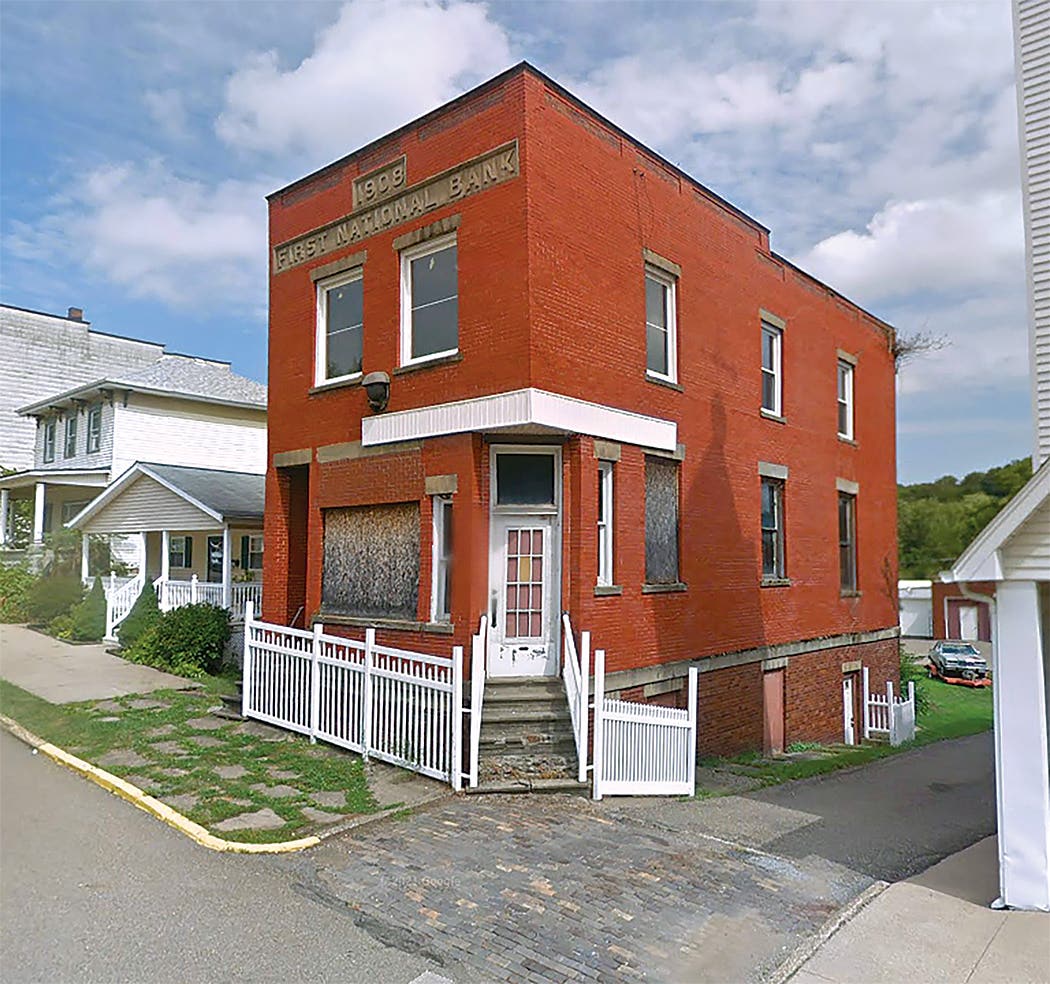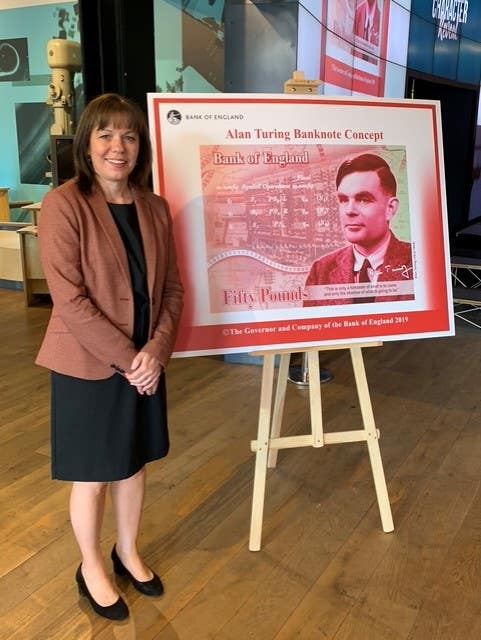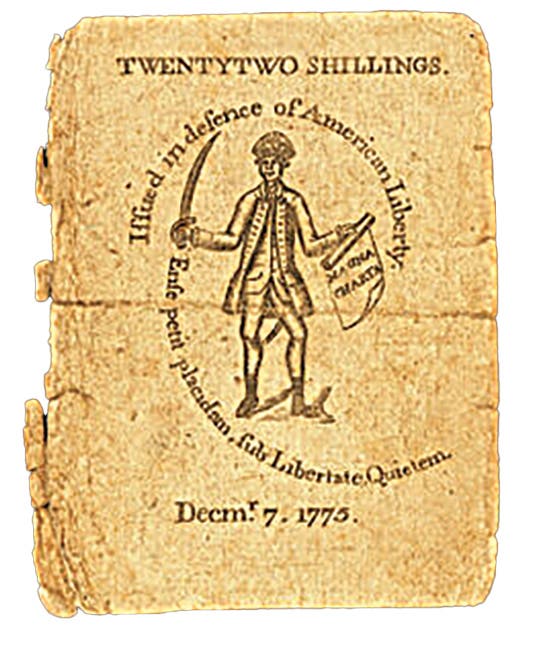Spectacular $20 Original Series Proof
by Peter Huntoon Lot 40260 in the Stack’s Bowers August 2015 ANA sale was the newly discovered $20 Original Series proof shown here for The First National Bank of Philadelphia,…
by Peter Huntoon
Lot 40260 in the Stack’s Bowers August 2015 ANA sale was the newly discovered $20 Original Series proof shown here for The First National Bank of Philadelphia, the first bank chartered in the country.
All Original Series proofs are rare, but this one has particular charm being from the nation’s first national bank. It also is one of my favorites owing to a peculiar ad hoc engraving feature that I will describe.
It was not printed from a 10-10-10-20 plate combination, which became a standardized combination. Instead, it was the top subject from a 20-20-50-100 plate. That fact makes it more significant to me.
The 20-20-50-100 plates represented an exotic combination, yet even so 38 banks received notes from them during the Original and 1875 series. You can find all of them by looking at the Van Belkum/Kelly data for GA, IN, LA, ME, MD, MA, MO, NH, NY, PA, RI, TX and UTT.
The breakdown was that 36 banks in 12 states and the Territory of Utah used a total of 57,337 Original Series sheets of them, where one of the banks got them for two different titles; specifically, The City National Bank of/The Germania National Bank of New Orleans, charter 1591.
There were 27 Series of 1875 issuers in 11 states that used a total of 28,286 such sheets. Twenty-five of these had used the combination in the Original Series, but two used it for the first time in the Series of 1875; specifically, The Saint Nicholas National Bank of New York, charter 972, and The Second National Bank of Reading, Pennsylvania, charter 2552.
The First National Bank of Philadelphia was the largest Original Series user, with 6,040 sheets, and fourth largest Series of 1875 issuer, with 2,700 sheets. Three Philadelphia notes are reported from the combination consisting of two Original Series $20s bearing serials W44242-3479-A and W51977-4909-B and 1875 $100 A18731-1832-A. The pedigree of the hundred, which grades very fine, goes all the way back to the Barney Bluestone sales of the Albert Grinnell collection in 1946.
The First National Bank of Philadelphia, being charter 1, was first in line for the 20-20-50-100 Original Series plates, so the first delivery to the Comptroller arrived on Apr. 8, 1864, and bore red Treasury sheet serial 36, bank sheet serial 1. The 10-10-10-10 combination for the bank was the first in that combination as well and beat the 20-20-50-100 to the Comptroller’s office on Dec. 24, 1863, with red Treasury sheet serial 1, bank sheet serial 1.
It is no surprise that the American Bank Note Company lifted a proof from the $20 subject on the 20-20-50-100 Philadelphia plate. After all, it probably was from the first national bank note plate they made with a $20 subject. Government officials would have wanted to see it, and one of them probably saved it.
Okay, what makes the proof so special to me?
Several years ago, when we were sorting the BEP proofs at the Division of Numismatics in the Smithsonian Institution, I sought out those from the exotic plate combinations. What we were sorting were Series of 1875 proofs that were lifted from Original Series plates that had been altered by the BEP into Series of 1875 faces. This was done by updating the Treasury signatures and adding the APrinted at . . .@ imprint.
The Smithsonian doesn’t have Original Series proofs except in special circumstances because the plates were made by the bank note companies, and proofs generally weren’t saved from them.
However, Series of 1875 proofs capture the fidelity of the Original Series plates other than the alterations noted, unless it was necessary for the BEP to reenter the vignettes owing to wear. The vignettes on the 1875 20-20-50-100 Philadelphia proof were not reentered, so I got to see them in all their glory exactly as in their Original Series form.
I had been studying the evolution of the Battle of Lexington vignette on the left side of the early $20s. The vignette comes in three permutations made from different full-face dies. The primary diagnostic feature is the presence or absence of the number 75 above the right foot of the wounded man in the lower left corner and, if the 75 is there, the boldness of the image. The ABNC die sported a weak 75, the first BEP die had no 75, and the second BEP die had a bold 75.
The vignette on the proof shown here has the weak 75 characteristic of all ABNC Original Series $20s. That isn’t the important feature of this article, but you can see that I was paying close attention to the vignettes when I ran across them, particularly those on the exotic combinations.
What I saw on the 20-20-50-100 Philadelphia proof was that the leaves in the top part of the two vignettes surrounding the counter were distinctly different than those found on other ABNC $20s. Particularly noticeable were the differences in the leaves protruding to the right and from below the zero in the 20.
I looked at a heck of a lot more $20s before it dawned on me what happened. From the others, I noticed that there was variability in how far to the right the Battle of Lexington vignette was rolled into the various plates from the transfer rolls. The British officer exhorting his line of soldiers onward is only partially visible under the American’s rifle on some, whereas the image is fully formed and sharp on others.
What had happened on the Philadelphia plate was that the branch at the top of the vignette under the counter was weakly laid in on both $20 subjects. The result was that the leaves didn’t show, particularly those to the right of and below the zero.
The siderographer didn’t want to bother retrieving the roll to re-enter the poorly defined area, so instead he or an engraver simply tooled in the leaves freehand. Of course, these “counterfeit” leaves didn’t resemble the engraved image, and they didn’t resemble each other, but who in the world would notice?
Obviously, the plate passed inspection and went on to a full life at both the ABNC and BEP.
I have found a number of similar touch-up jobs not only on early nationals but also on early type notes. Some are quite extensive, like on these Philadelphia $20s. These Philadelphia $20s remain my favorites because they nicely demonstrated that touching up plates was a routine practice.
Such touch-ups were carried out by both the bank note company and Bureau of Engraving employees.
When I received the image of the ABNC proof shown here, the first thing I did was to retrieve the Series of 1875 proof in order to compare the leaves on the A notes, and sure enough they were identical as expected. One benefit of the comparison was that it verified the authenticity of the proof, although there really wasn’t any question that it was genuine.
This article was originally printed in Bank Note Reporter. >> Subscribe today.
If you like what you've read here, we invite you to visit our online bookstore to learn more about Standard Catalog of World Paper Money, General Issues.
NumismaticNews.net is a participant in the Amazon Services LLC Associates Program, an affiliate advertising program designed to provide a means for sites to earn advertising fees by advertising and linking to Amazon.com and affiliated websites.








